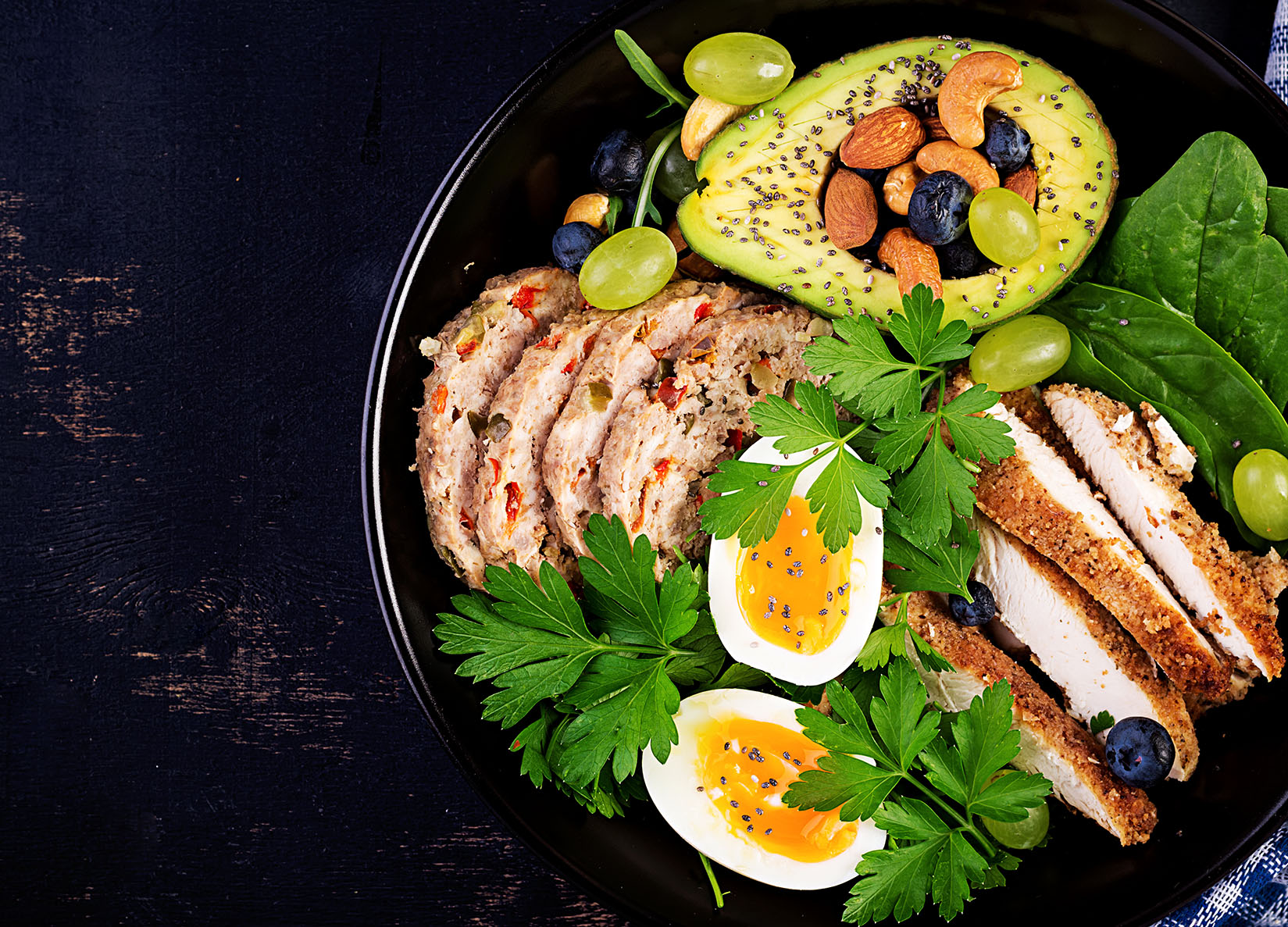
20 Oct HOW TO COMBINE INTERMITTENT FASTING WITH THE KETO DIET
If you follow the keto diet, you have surely noticed its benefits for a long time. You have lost fat, you have gained muscle mass and you are getting closer and closer to the goal you had set when you started. Despite this, you need one last push to get it done. What if you also used intermittent fasting to enhance its effects?
Intermittent fasting is a method of eating based on prolonged periods of fasting that are combined with periods of intake in which you consume the calories you need for your day. So far it sounds easy, right? In addition to its simplicity, it carries benefits such as the elimination of accumulated fat more quickly, and the improvement of the general well-being of the organism. But there is no single intermittent fasting.
.
Types of intermittent fasting
The basis for intermittent fasting is clear: periods of fasting and periods of ingestion. However, not all intermittent fasting is the same. There are several formulas that you should consider with your nutritionist which may be the one that best suits your needs:
- 12/12 Fast: Probably the most bearable proportion for day-to-day life. Combine fasting periods of 12 hours and feeding periods of another twelve. If you sleep 8 hours a day, you would only have to adjust a few hours before sleeping and after waking up to fulfill it without too many complications.
- 8/16 fasting: As its name suggests, it consists of periods of fasting of 16 hours followed by periods of ingestion of 8 hours. The usual way to follow it is to advance dinner time and delay the first meal in the morning so that it fits well into your day to day.
- 4/20 Fast: This intermittent fast is reserved for those with previous experience. It consists of fasting for 20 hours a day, leaving only 4 to eat. Taking into account the little time you have for this, it allows you to make two main meals at most.
Fast 24 and fast 48: These types of fasts are reserved only for specific moments, and consist of fasting for 24 and 48 hours respectively, alternating them with days of normal intake.
Intermittent fasting and keto diet, compatible?
Your first impression may be that these two nutritional models are absolutely nothing alike. After all, the keto diet lets you eat all your meals a day as long as your carbohydrate and sugar intake is very low. So how do you make them compatible? The reality is that the keto diet and intermittent fasting can get along very well and also enhance fat and weight loss if you follow them properly.

Intermittent fasting and keto diet together, but not scrambled
There is no doubt that consistency is the key to achieving any goal, but if yours is to combine intermittent fasting and keto diet, you will need something more. First of all, the advice of a nutritionist who can bear in mind your daily activity and possible diseases, such as diabetes or epilepsy, to design an intermittent fasting plan adapted to the keto diet that prevents you from having any possible future problems.
On the other hand, you will also need a good dose of willpower, since combining these two methods can be too restrictive for some people, especially if it is intended to hold for a long period of time. But don’t panic, there is a remedy! There are many products that are substitutes of the «forbidden» foods in this type of diet, which will help you carry it in an enjoyable way and without giving up cravings. For example, did you know that there are keto cookies or muffins that keep you from skipping your diet? At KETO PROTEIN we have a variety of products that will make you carry your keto diet and intermittent fasting in a comfortable and simple way.
Whatever your choice, always remember that ketosis is the key for the body to use fat as fuel, and that having the help of an expert is the best option so that both your intermittent fasting, your keto diet or the combination of both, be a success.

Ketosis is the key
Both intermittent fasting and the keto diet are based on the same principle, ketosis. This metabolic state makes the body, in the absence of carbohydrates to use as primary fuel, choose to convert accumulated fats and those that you consume in your diet, into ketone bodies that become the body’s main source of energy.
Ketosis on the keto diet is achieved by eating very little carbohydrates. The proportions in this type of diet are usually 60-75% of daily calories obtained from fat, 25-30% obtained from proteins, and only 5% of calories obtained from carbohydrates.
However, although ketosis is responsible for getting rid of excess fat accumulated in the body, in intermittent fasting it has a different trigger. In this case, staying more hours without eating any type of food is responsible for starting the state of ketosis in the body, also helping to reduce blood sugar levels, which manages to maintain ketosis for longer.


